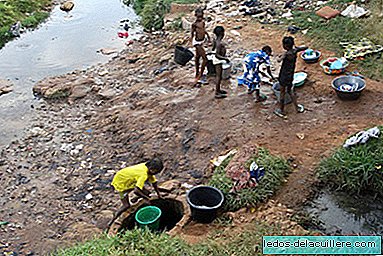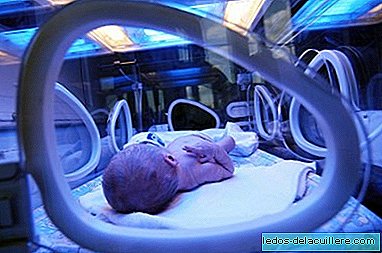
A third of the world's population will still not have access to adequate sanitation, according to 'Progress on Sanitation and Drinking - Water 2013 Update', a joint report by WHO and UNICEF.
'This is an emergency situation no less terrible than an earthquake or tsunamy ', as indicated by the global head of the UNICEF Water, Sanitation and Hygiene Program. Every day, hundreds of children die; Every day, thousands of fathers and mothers mourn the death of their sons and daughters. 'We can and must act against this colossal daily human tragedy.' With less than three years to reach the deadline for the Millennium Development Goals (MDGs) to reduce by half the proportion of the population that lacks sanitation, WHO and UNICEF call for a final effort to reach the goal.
Although these organizations announced last year that the MDG drinking water goal had been met and even exceeded in 2010, The challenge of improving sanitation and reaching those in need has forced a consolidated call for action to accelerate progress.
The world can change and transform the lives of millions of people who do not yet have access to basic sanitation. The benefits would be immense for health, to end poverty at its source, and for well-being
What are the main conclusions of the report?
Since 1990 it has increased the number of people who have access to improved sanitation facilities (1900 million individuals). However, even today there are 2500 million people who lack access to services of this type.
At the end of 2011, 89% of the world's population used an improved source of drinking water, and 25% had a home water network. Which indicates that 768 million people lack these sources, and some of them depend on surface waters.
There is still one notable disparity between those who live in rural areas and those who live in cities. The inhabitants of urban areas make up three quarters of those who have access to a supply of running water in the home. Rural communities represent 83% of the world's population without access to improved sources of drinking water supply and 71% of those living without sanitation.
The organizations ensure that faster progress in sanitation is possible, and this is a vision shared by many responsible people from all over the world in academia, human rights organizations and global surveillance communities.
Actually the MDG approaches today seem unattainable, although it does not seem fair that as long as we 'look elsewhere' there are such a large number of people that they don't have access to something as basic and necessary as sanitation and drinking water services. The objectives include the presence of water and hygiene in schools, homes, the elimination of inequities in access, and sustainability in the use of resources.












